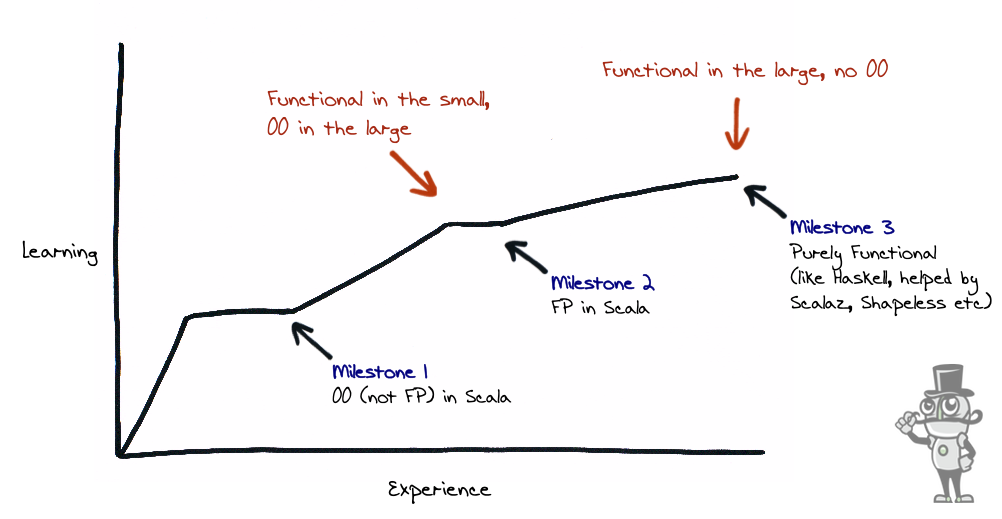Either when looking for work or looking to recruit, I’ve been doing pair tests in one form or another since 2008. I’ve only recently come to the conclusion that they just don’t work. At least not reliably.
I’m left wondering why we still use “pair tests” for recruitment. Is it to see how candidates problem solve? How they’d be to work with? The only way to assess these things is actually to do them. Pair tests are a poor simulation. If you want to see how someone works, work with them. Don’t pretend to work with them.
